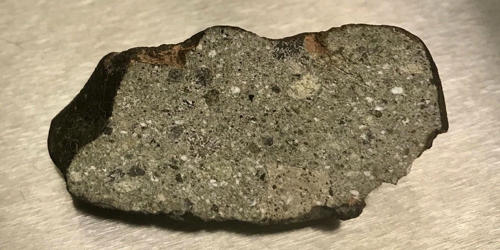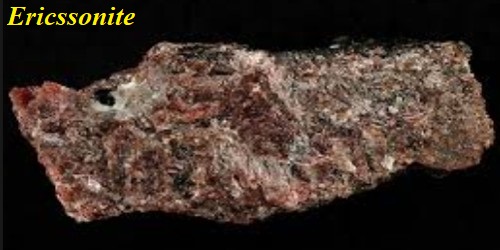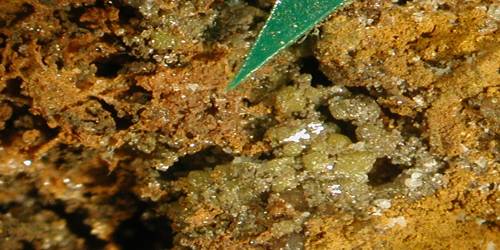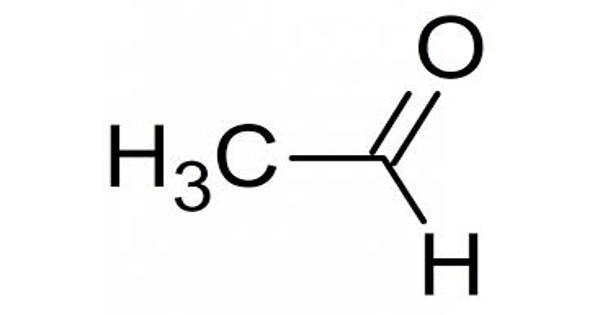Chrisstanleyite, Ag2Pd3Se4, is a selenide mineral that crystallizes in high saline, the acidic hydrothermal solution at low temperatures as part of selenide vein inclusions in and alongside calcite veins.
First discovered by Werner Paar from a sample received from Hope’s Nose, Torquay, Devon, England, chrisstanleyite has since been discovered in the Pilbara region of Western Australia and in El Chire, La Rioja, Argentina. Chrisstanleyite was named after the Deputy Head and Associate Keeper at the Department of Mineralogy at The Natural History Museum in London.
General Information
- Category: Selenide minerals
- Formula: Ag2Pd3Se4
- Crystal system: Monoclinic
- Crystal class: Prismatic (2/m) (same H-M symbol)
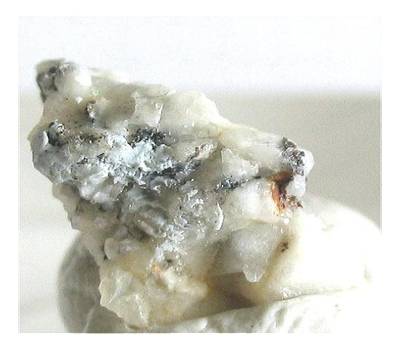
Properties
- Formula mass: 833.49 g/mol
- Color: Grey, silvery grey
- Crystal habit: aggregates and microscopic crystals
- Twinning: Fine polysynthetic and parquetlike
- Cleavage: no prominent cleavage
- Fracture: slight fracture
- Tenacity: brittle
- Mohs scale hardness: 5
- Luster: metallic
- Streak: black
- Diaphaneity: opaque
- Specific gravity: 3.6
- Density: 8.31
Occurrence
In gold-bearing calcite veins in limestone (Hope’s Nose, England); in a carbonate matrix (Tilkerode, Germany); in malachite nodules (Copper Hills prospect, Australia).
Chrisstanleyite occurs in selenide inclusions in and along calcite veins that cut through limestone (Paar et al. 2004). A selenide vein 10 cm below a calcite vein in Hope’s Nose, where chrisstanleyite was initially identified, reflected a well-defined zoned sequence of minerals. The top of the sequence included native gold with small amounts of silver, while the middle layer consisted of palladian gold. The bottom layer consisted of selenide mineralization, primarily made of fischesserite (Paar et al. 1998).
Association: Gold, fischesserite, clausthalite, tiemannite, eucairite, verbeekite, umangite, cerussite, bromian chlorargyrite (Hope’s Nose, England); clausthalite, tischendorfite, tiemannite, stibiopalladinite, gold (Tilkerode, Germany); oosterboschite, naumannite, berzelianite, umangite, tiemannite, chalcomenite, malachite, quartz (Copper Hills prospect, Australia).
Information Source:


